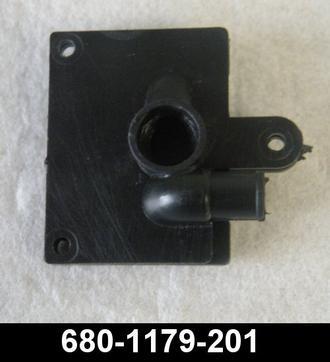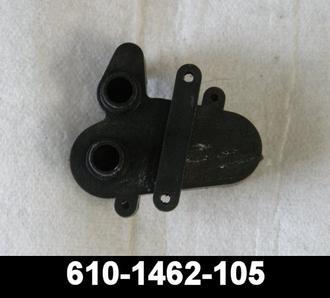A couple of queries: (1) how new is this engine and (2) what's the actual volume of smoke being output from the whistle aperture per chuff? I assume it's more than a trace but a lot less than the main stack volume.
I mention these points because after having 4 Legacy engines with the dual chamber/resistor configuration, I have always seen a certain amount of "bleed" between the smoke outputs, but especially when the engine is new and the batting has not had much use. With time it reduces for some reason although I can still see the main stack smoke seem to increase slightly when the whistle is activated.
It's a bit more of a puzzle in your case than mine because on yours the whistle smoke output is separated from the smoke unit by a long tube. Nonetheless, the smoke funnel for the two outputs shows that they are practically next door to each other so some bleed between them seems inevitable:

The engine I have that most shows the same effect is a Legacy AC-12 where the smoke funnel looks like this (the smoke unit looks the same as yours):

After a lot of observation, I can't see that this is a programming code issue or otherwise the result of one fan (on the whistle side) running when it should not. I understand that there is always heat in the smoke chamber for the whistle in these units so that there is output immediately you trigger the whistle. With that kind of arrangement there will always be some quantity of smoke vapor on the whistle side and it's to be expected it will get into the adjoining funnel.








